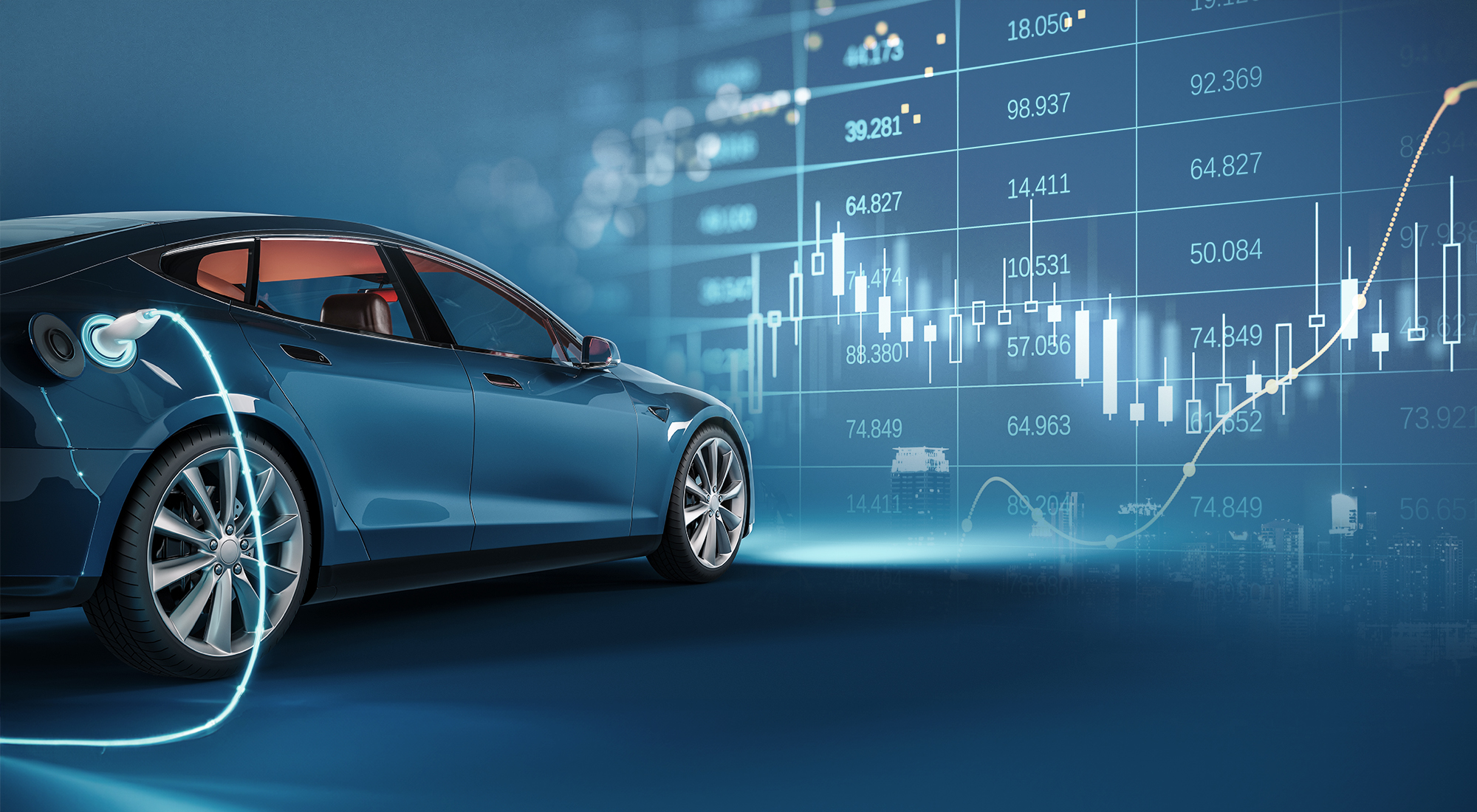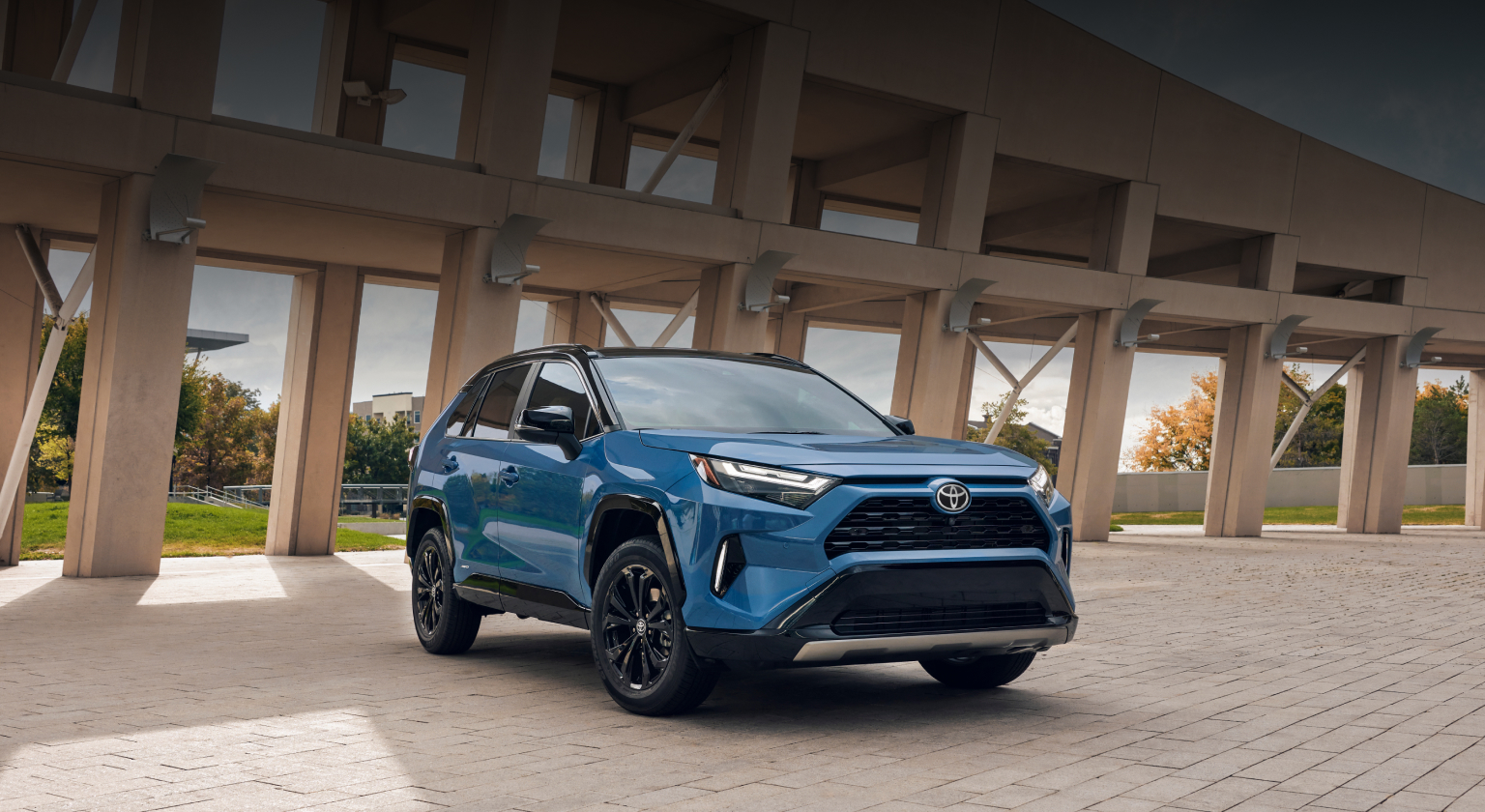For over two decades, hybrid vehicles have established a steadfast presence in the American automotive market.
These vehicles seamlessly integrate traditional internal combustion engines, typically fueled by gasoline, with electric motors and batteries to deliver efficient and versatile performance.
The appeal of hybrid vehicles is rooted in their superior fuel efficiency, which translates to significant savings at the pump—a particularly attractive benefit given the ever-fluctuating gasoline prices across the United States.
Additionally, hybrids contribute to environmental sustainability by reducing emissions, supporting the nation’s broader efforts to decrease its carbon footprint.
As hybrid vehicles continue to evolve, manufacturers are focusing on innovative technologies to enhance their efficiency and environmental impact.
One such advancement is regenerative braking, which recaptures and stores energy during braking to power the electric motor or recharge the battery.
This not only improves fuel efficiency but also reduces wear on the braking system, further optimizing vehicle performance.
A standout feature of hybrids is their ability to switch seamlessly between gasoline and electric power.
This capability addresses range anxiety—a common concern for drivers of fully electric vehicles—by offering the flexibility of gasoline for long-distance travel and electric power for city driving or stop-and-go traffic.
Hybrid technology has also been successfully implemented in larger vehicles such as SUVs and trucks, catering to the diverse preferences of American consumers.
The inclusion of hybrid systems in these traditionally high-consumption segments not only improves fuel economy but also contributes to a more sustainable future by lowering emissions.
Hybrid vehicles play a crucial role in shaping the automotive industry in the United States.
They provide a practical solution that bridges the gap between conventional gasoline-powered cars and fully electric vehicles, offering consumers a reliable and environmentally friendly choice for reducing fuel costs and emissions.
Electric Vehicles (EVs)
Electric vehicles (EVs) have garnered significant attention and adoption in the U.S. market over recent years. Unlike hybrid vehicles, EVs rely entirely on electricity, drawing power from advanced battery packs.
EVs represent a transformative step toward sustainable transportation. With zero tailpipe emissions, they play a vital role in combating air pollution and addressing climate change, aligning with the nation’s commitment to cleaner energy solutions and a greener future.
Advances in battery technology have been a major driver of EV adoption, offering extended range and reduced charging times. These improvements alleviate range anxiety—a significant barrier for potential EV buyers.
Furthermore, the expansion of charging infrastructure across the country has made recharging more convenient, providing EV owners with the assurance they need for long-distance travel.
Government incentives have further boosted the popularity of EVs. Federal and state programs offer tax credits, rebates, and other perks to encourage consumers to switch to electric vehicles.
Some states are also setting ambitious goals to phase out gasoline-powered cars, accelerating the transition to EVs.
In addition to their environmental benefits, EVs are known for their instant torque, which delivers a responsive and exhilarating driving experience.

Their smooth, quiet performance adds to the appeal, offering comfort and sophistication on the road.
EV technology has expanded beyond sedans and hatchbacks, with automakers introducing electric SUVs and trucks to meet the varying demands of American consumers.
This diversification underscores EVs’ potential to reshape the automotive market and make sustainable transportation accessible to a broader audience.
Electric vehicles have emerged as a key component of the sustainable transportation revolution in the United States.
Backed by advancements in technology, growing infrastructure, and supportive government policies, EVs are poised to drive the nation toward an eco-friendly, energy-efficient future.
Key Market Trends
As hybrid and electric vehicles compete for consumer attention, several trends have become evident:
A) Infrastructure Advancements
The shift toward sustainable vehicles has underscored the need for robust infrastructure to support both hybrid and electric vehicles.
1. Charging Networks for Electric Vehicles (EVs)
The increasing adoption of EVs has driven demand for reliable charging stations.
Public and private entities are expanding charging infrastructure in locations like shopping centers, residential complexes, and parking lots.
Fast-charging stations, in particular, make long-distance EV travel more practical by offering rapid recharge options.
2. Refueling Infrastructure for Hybrid Vehicles
Hybrid vehicles benefit from the extensive network of traditional gasoline stations, providing unmatched convenience for refueling.
This existing infrastructure supports the flexible nature of hybrids, allowing drivers to easily refuel without the reliance on charging stations.
B) Range Considerations
Range is a critical factor in the adoption of hybrid and electric vehicles.
1. Electric Vehicles (EVs)
Modern EVs boast improved battery ranges, often sufficient for daily commutes.
Coupled with an expanding charging network, these advancements address the range anxiety that once deterred buyers. Fast-charging options along major routes further enhance EV practicality for extended trips.
2. Hybrid Vehicles
Hybrids, with their dual power sources, offer unparalleled adaptability. Their gasoline engines eliminate the need for frequent charging, making them ideal for longer journeys or unpredictable driving patterns.
C) Government Incentives
1. Electric Vehicles (EVs)
Federal and state governments provide tax credits, rebates, and other incentives to make EVs more affordable and attractive. Perks such as access to carpool lanes and free charging further enhance the value proposition for EV owners.
2. Hybrid Vehicles
Although incentives are often focused on EVs, hybrids also benefit from tax credits based on fuel efficiency and emissions performance, acknowledging their role in reducing environmental impact.

